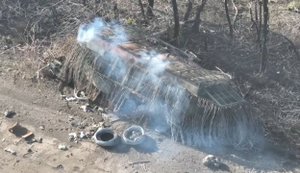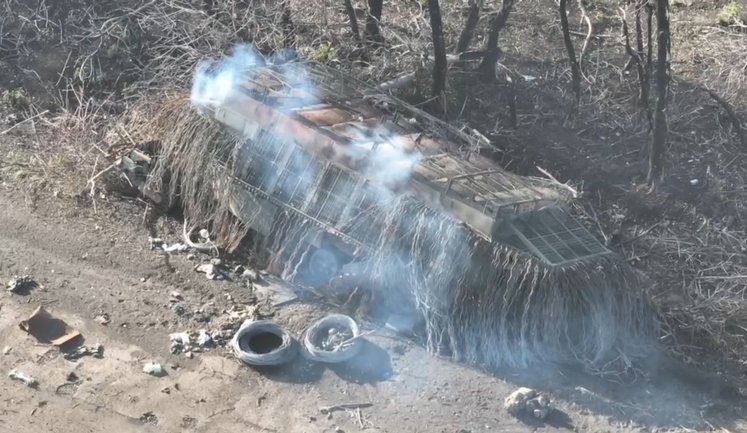As of 2025, Ukrainian military operations have intensified, resulting in the destruction of vital Russian equipment and significant losses for the opposing forces. The Achilles Regiment recently crippled a critical enemy logistics route in Kupiansk, while the 214th Separate Assault Brigade dealt a heavy blow to Russian occupiers in the Oleksandrivka direction. With over 1.18 million Russian personnel eliminated, Ukraine's Defence Forces have consistently targeted Russian military assets, including tanks, artillery systems, and armored vehicles. Special Operations Forces have successfully hit enemy gathering points and warehouses, utilizing strike UAVs in key operations. The ongoing conflict sees Ukrainian artillery and drone operators maintaining pressure on Russian invaders, targeting mechanized columns and air defense systems across various sectors.
What is the current trend in the Ukraine-Russia conflict?
The current trend is the destruction of Russian equipment by Ukrainian forces. The Ukrainian military has focused on disrupting enemy logistics, targeting equipment, and eliminating a significant number of Russian personnel. Their efforts include the use of artillery, drones, and strategic strikes on key enemy positions.
How many Russian troops have been eliminated since the conflict began?
Since the beginning of the conflict, over 1.18 million Russian troops have been eliminated according to Ukrainian Defence Forces. This figure reflects the significant impact of Ukraine's strategic military operations against Russian forces.
What methods are Ukrainian forces using to destroy Russian equipment?
Ukrainian forces are employing a combination of methods to destroy Russian equipment, including artillery strikes, drone attacks, and targeted operations by specialized brigades and regiments. These tactics aim to disrupt enemy operations, impact strategic assets, and lower the combat effectiveness of Russian forces.
Which areas have seen significant battles in the recent operations?
Recent operations have seen significant battles in areas such as Kupiansk, Oleksandrivka, Pokrovsk, and Hryshyne. These locations are strategic points where Ukrainian forces have successfully disrupted enemy reinforcements and destroyed key equipment, impacting the Russian military's operational capacity.
How effective have Ukrainian drone strikes been in the conflict?
Ukrainian drone strikes have proven highly effective in the conflict, allowing for precision targeting of enemy equipment, logistics, and personnel. Drone technology has been integral in providing Intel and conducting combat operations, resulting in numerous successful engagements against Russian forces.
What impact have Ukrainian operations had on Russian military logistics?
Ukrainian operations have significantly disrupted Russian military logistics, including the destruction of supply routes, communications networks, and equipment repositories. This disruption has weakened Russian forces' ability to maintain supply chains and deploy reinforcements effectively.
What equipment has been most targeted by Ukrainian forces?
Ukrainian forces have primarily targeted Russian tanks, artillery systems, armored combat vehicles, and air defense systems. These assets are crucial to maintaining Russian ground operations, and their targeting helps diminish Russian military capabilities and strategic advantages.
Are there updates on recent losses reported by Russian forces?
Yes, recent updates indicate that Russian forces have suffered substantial losses, with over a million personnel and thousands of key military assets, such as tanks and artillery systems, destroyed. Ukrainian Defense Forces continue to report on and publicize these figures to demonstrate their tactical successes.

























































